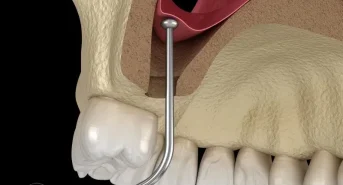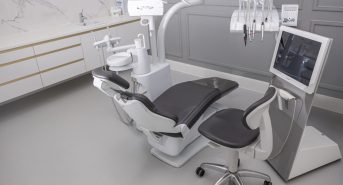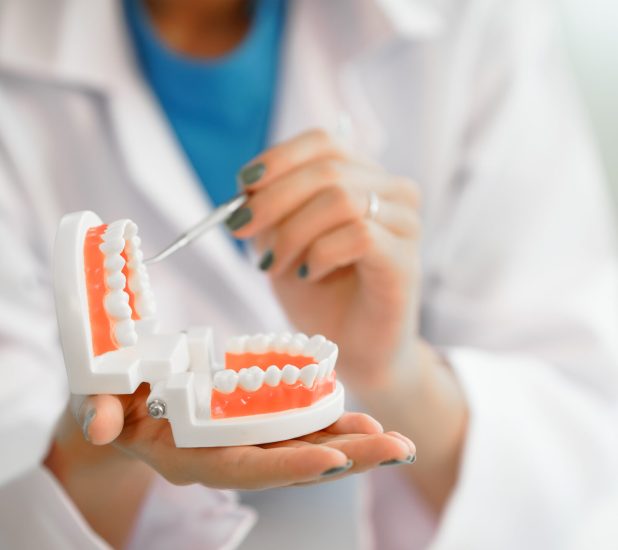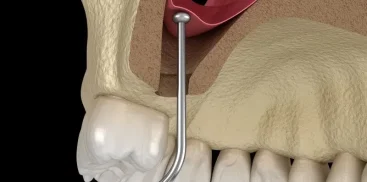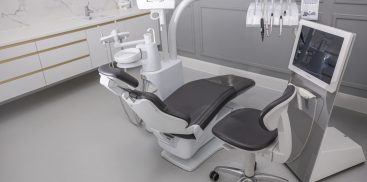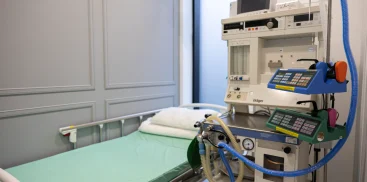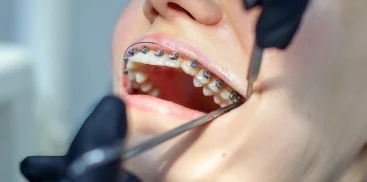The distinctive gap between the upper teeth, called a diastema, may be seen by some as an attractive feature. However, for many patients it is an aesthetic problem and they dream of having it removed.
What are the methods of diastema treatment and what does the process look like?
What is diastema?
Diastema is the space between the upper teeth in the mouth. It is visible when speaking, smiling and opening the mouth, which often makes patients decide to intervene. There is a genetic predisposition to diastema, especially if it is the result of an overgrowth of the frenulum of the upper lip. It may also be inherited due to the arrangement of the teeth and the proportions between the width of the incisors and the size of the jawbone.
Is diastema a defect?
If the gap between the teeth exceeds 2 mm, it is considered a malocclusion that requires orthodontic treatment. In the case of a smaller diastema, it is treated as an aesthetic problem, and the decision to treat it depends on the patient.
What are the types of diastema?
Diastema can be divided into three types:
- Converging diastema: The lower tips of the teeth are directed towards each other and the roots of the teeth are separated.
Treatment for convergent diastema often involves wearing orthodontic braces. - Parallel diastema: The teeth are separated in parallel.
Treatment depends on the width of the diastema and the patient’s age. - Divergent diastema: The roots of the teeth are close, but the tips are deviated.
Treatment for this diastema usually involves wearing a removable orthodontic appliance.
Diastema diagnosis
Diastema is usually an aesthetic problem, but only a dentist can determine whether it requires treatment.
If the gap exceeds 2 mm or increases suddenly, it can lead to periodontal disease and speech problems.
The dentist can also help identify the type of diastema.
Causes of diastema
A gap between teeth can be caused by various factors:
- True diastema: It results from the hypertrophy of the frenulum of the upper lip.
It can be treated by cutting the frenulum, especially in children. - Diastema n ecoma: Caused by missing lateral incisors, supernumerary teeth, or too few maxillary lateral incisors.
It often requires implant treatment in the absence of lateral incisors. - Physiological diastema: Appears in children before the eruption of the side teeth and disappears after their eruption.
- Temporary diastema: It is natural and occurs in children aged 3-4.
Treatment of diastema
There are several methods of treating diastema:
- Orthodontic treatment: The most effective method involves wearing orthodontic braces.
The duration of treatment and the frequency of follow-up visits depend on the size of the diastema and the patient’s age. - Porcelain veneers: Thin porcelain plates placed on top of teeth after they have been ground down.
It is an invasive but permanent method. - Bonding: A quick and easy method involves filling the diastema with a special composite.
It can be adjusted and repaired, but the effect is not permanent as with other methods.
If left untreated, diastema can lead to other orthodontic problems, speech difficulties and periodontal disease.
Therefore, it is worth considering treatment, especially if the gap is large.

